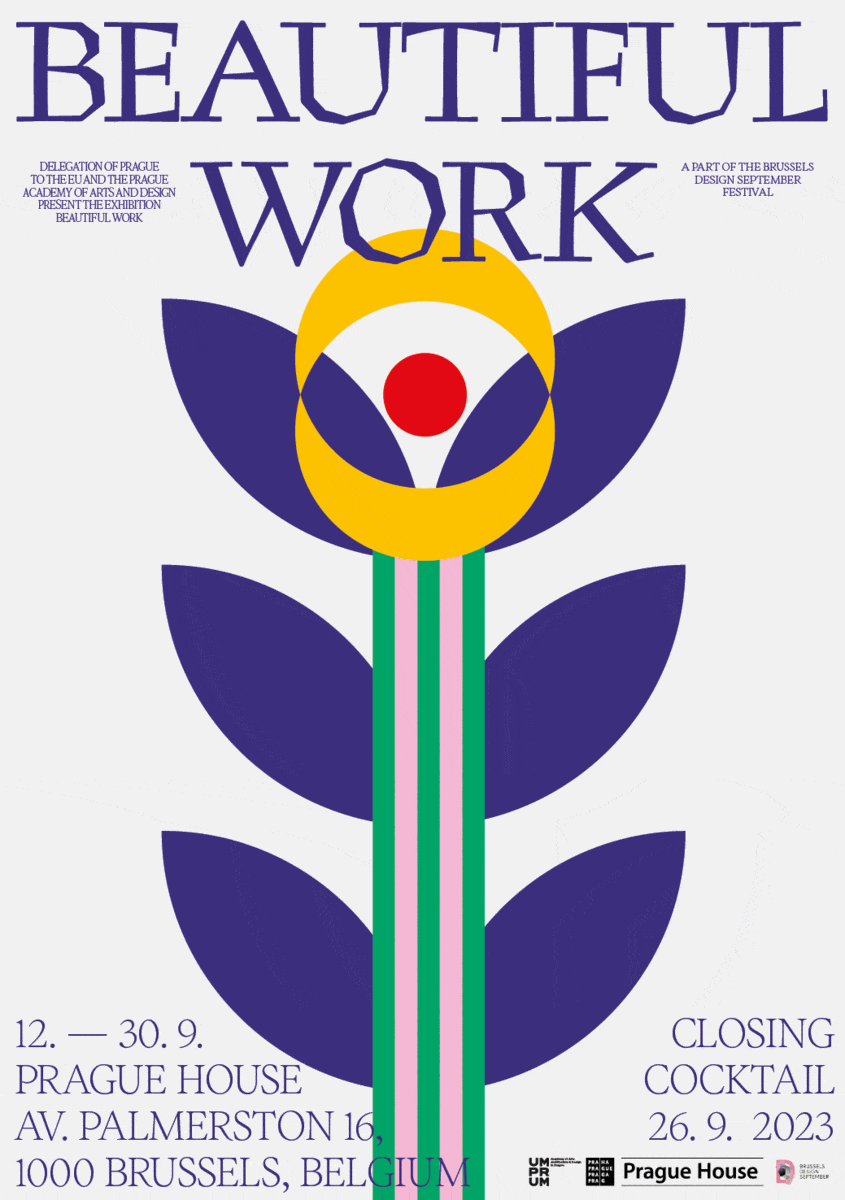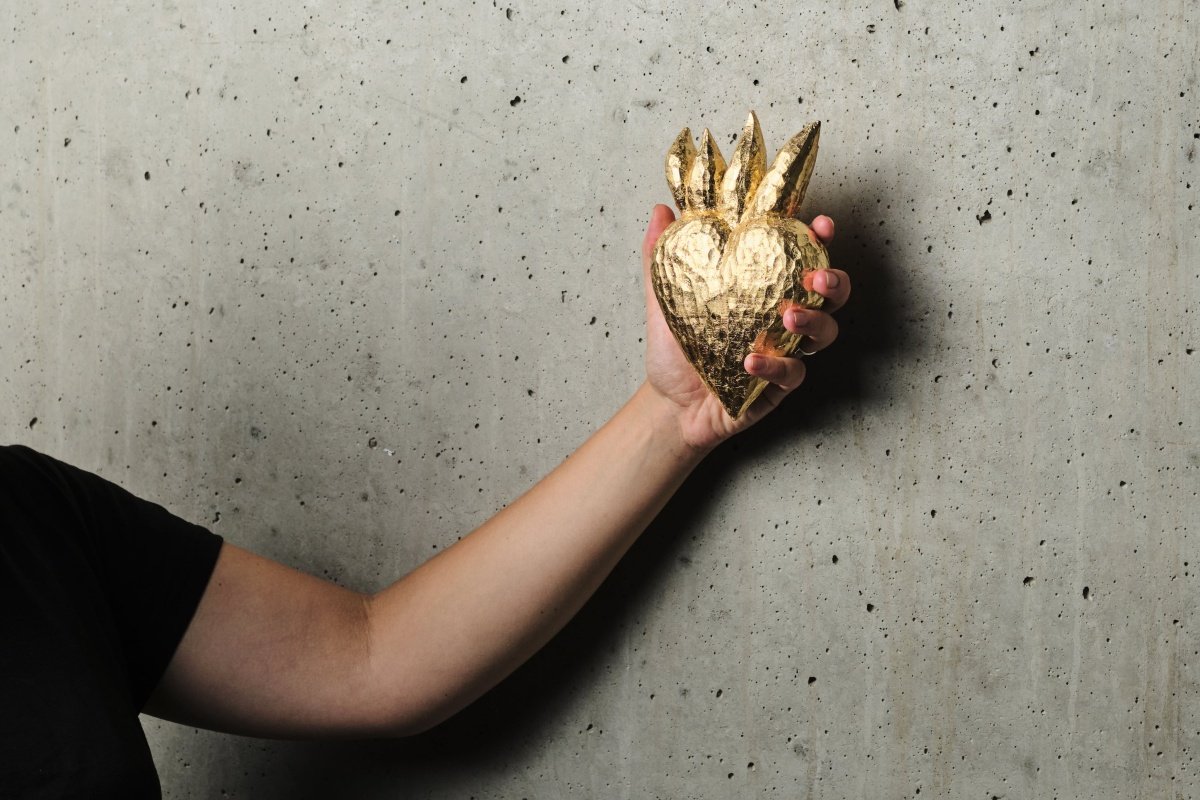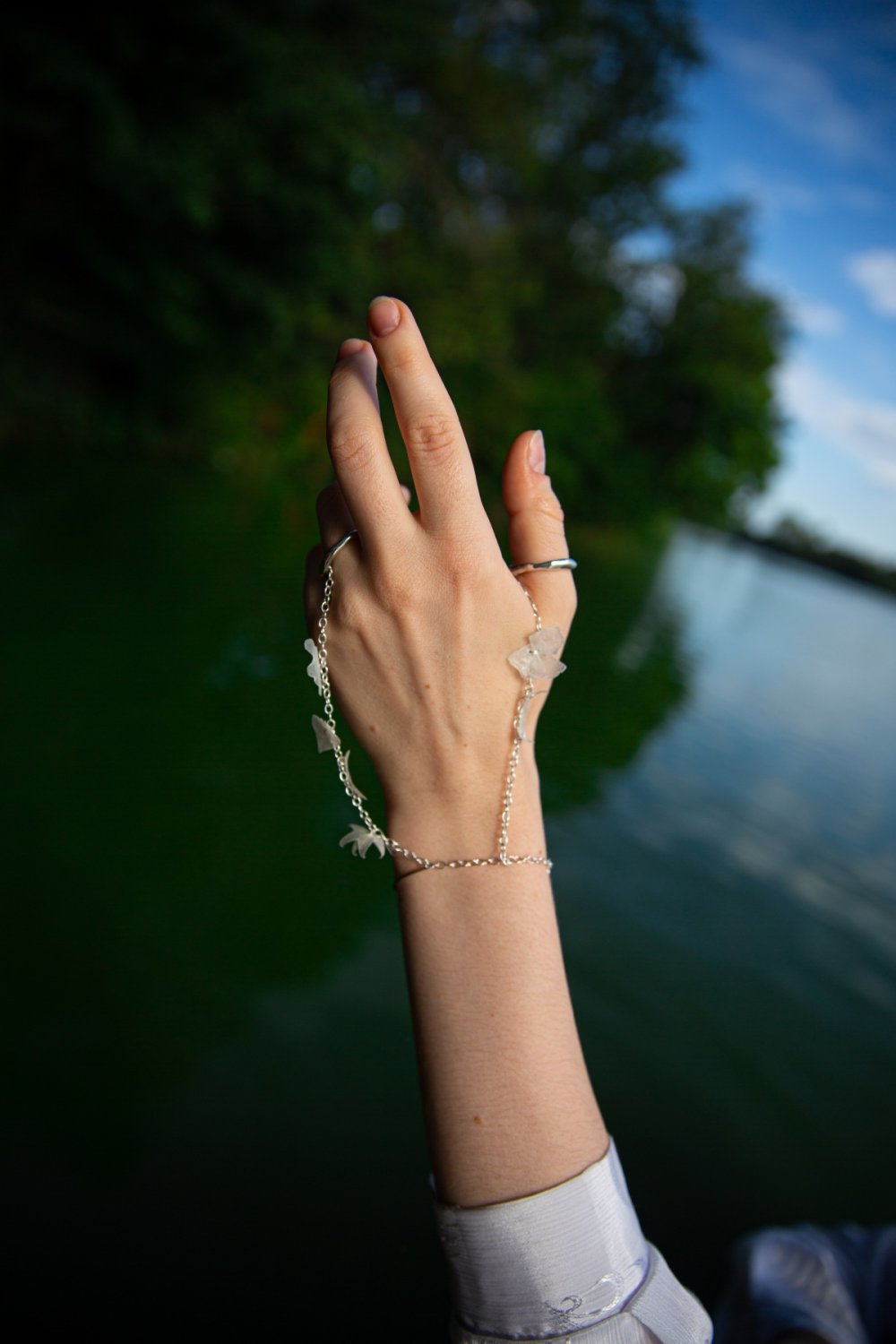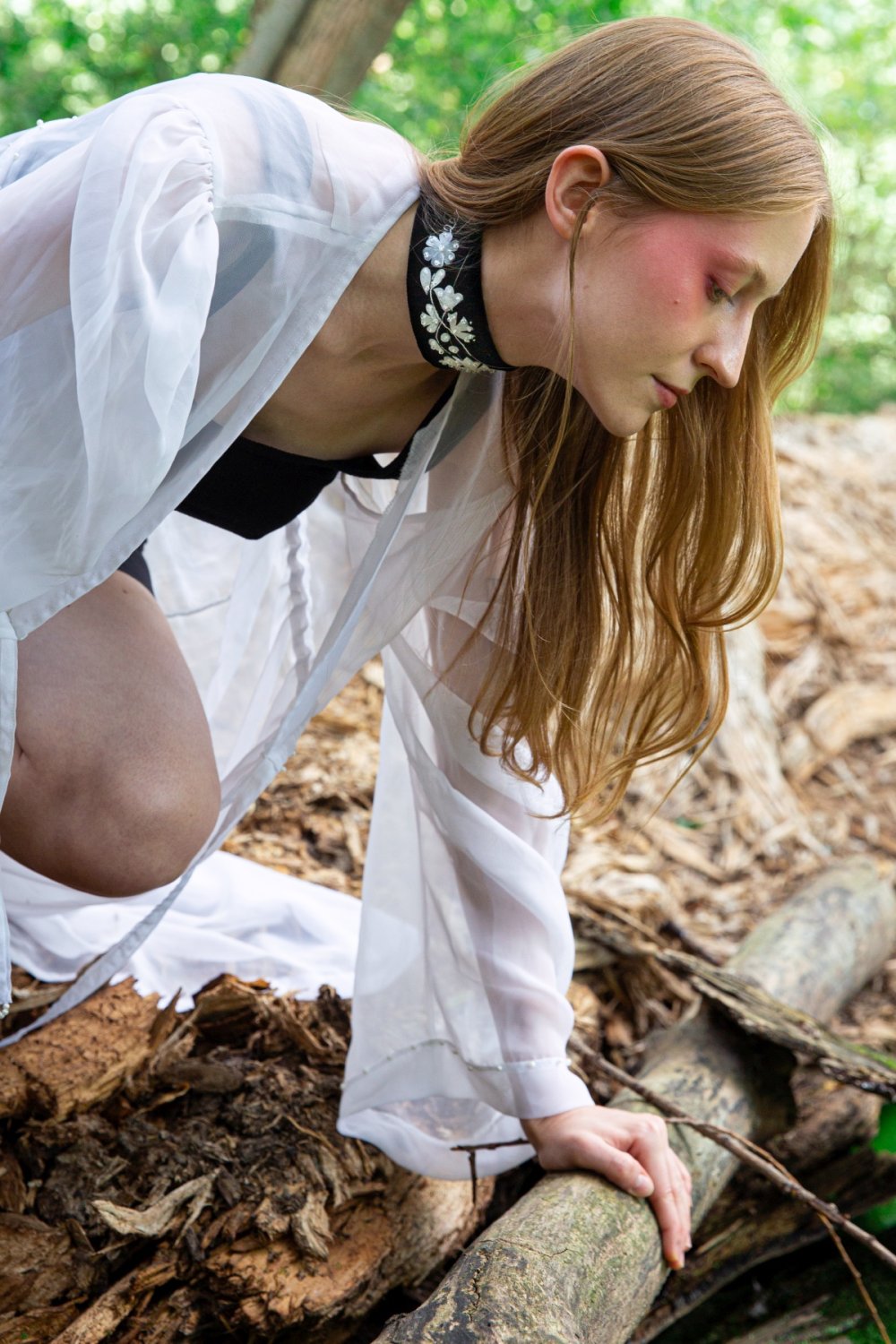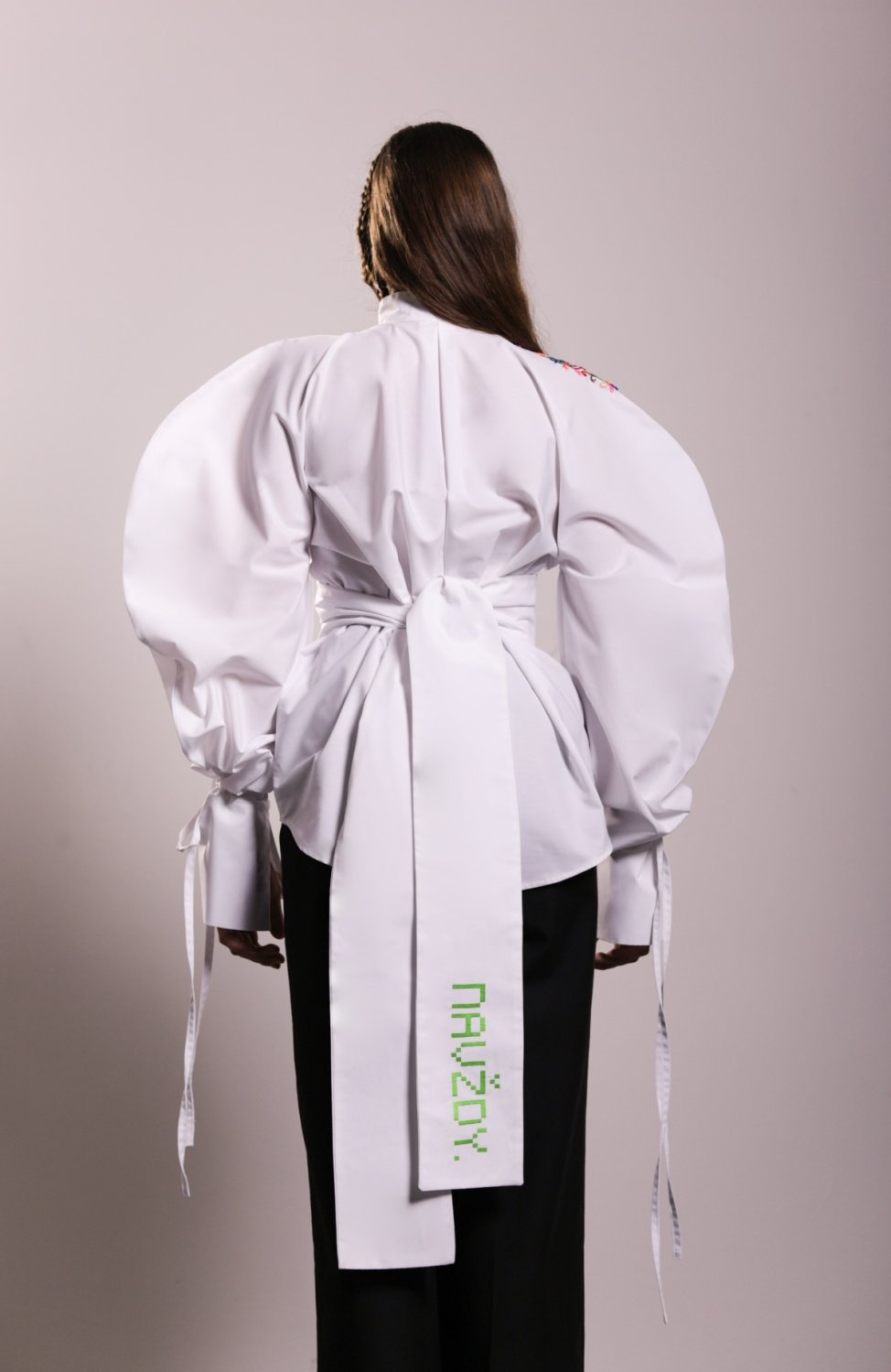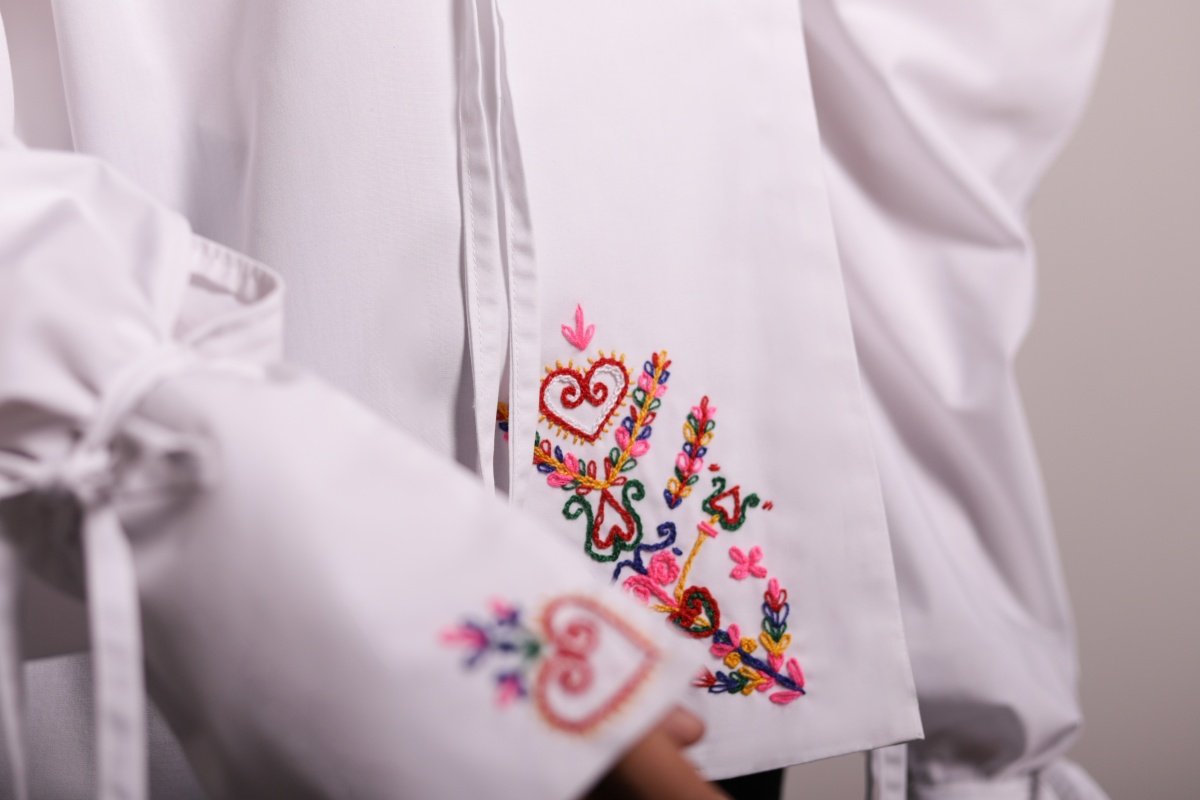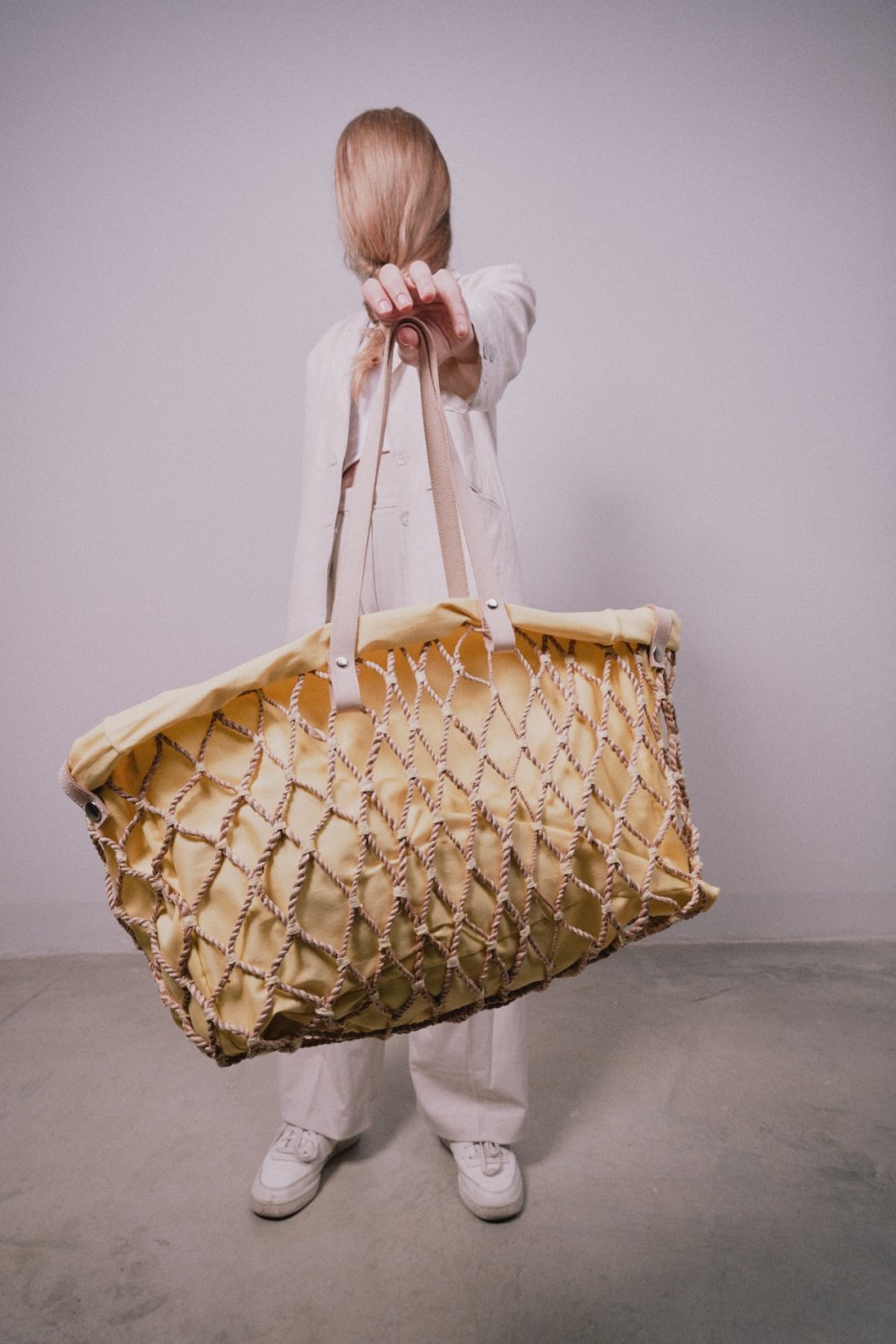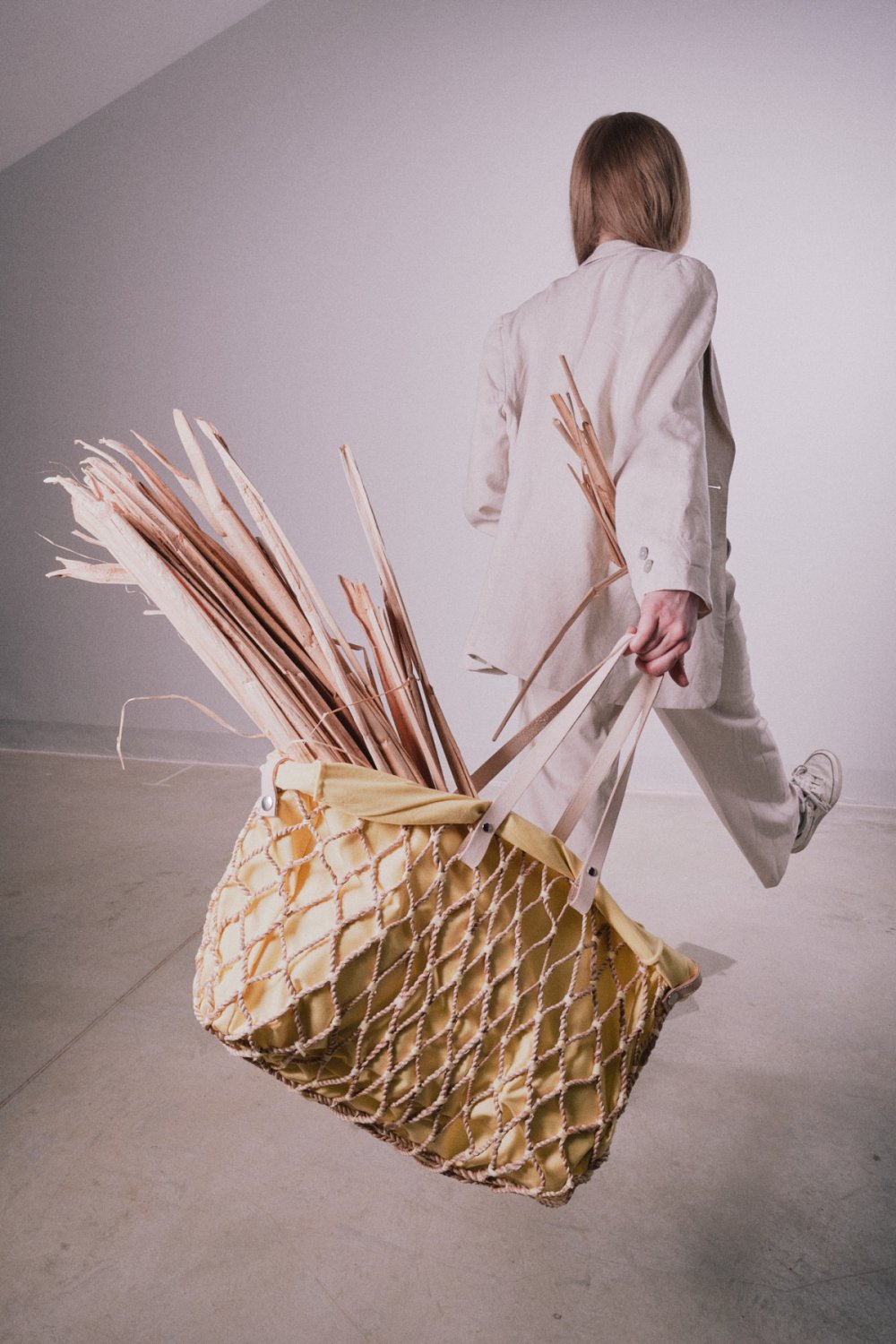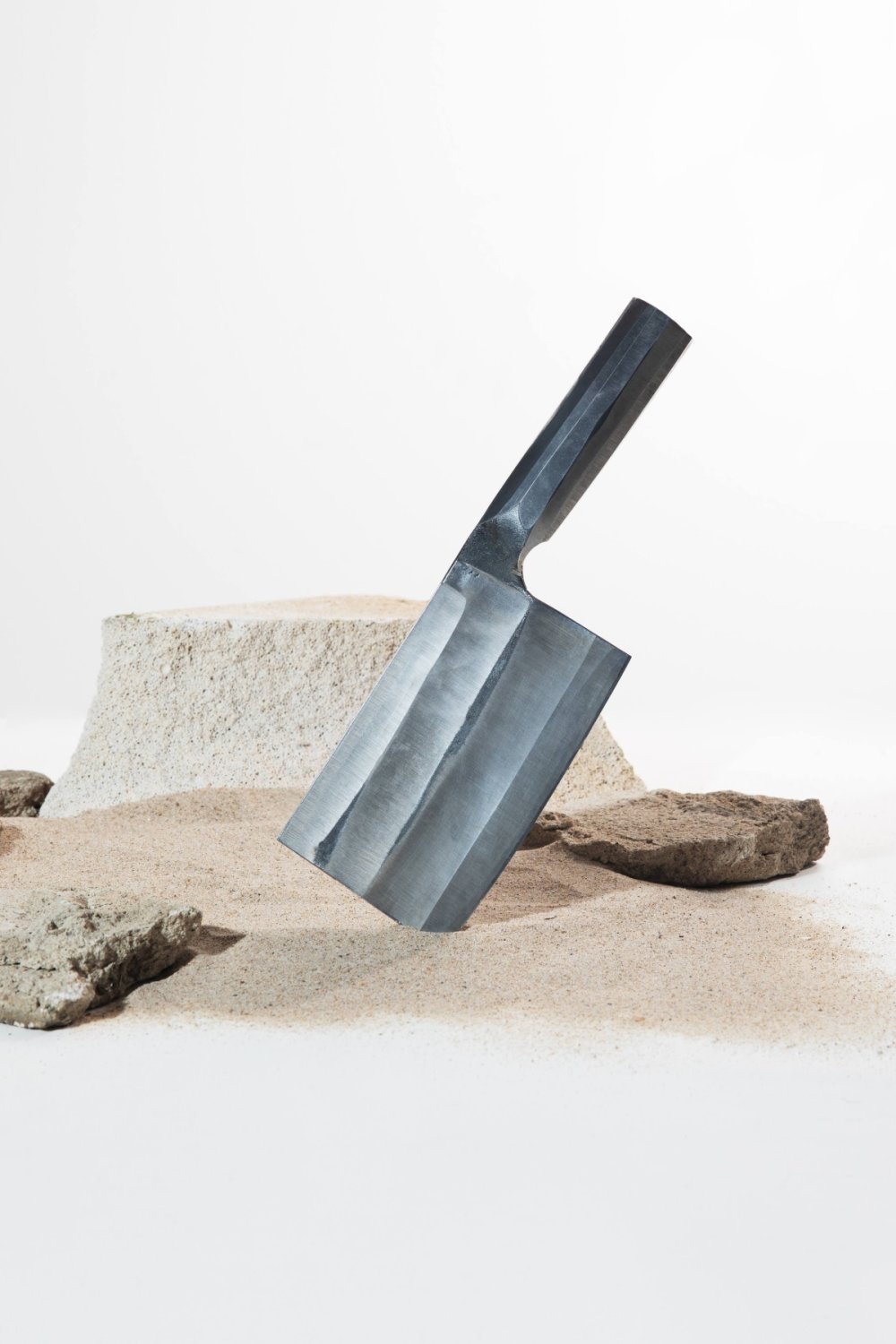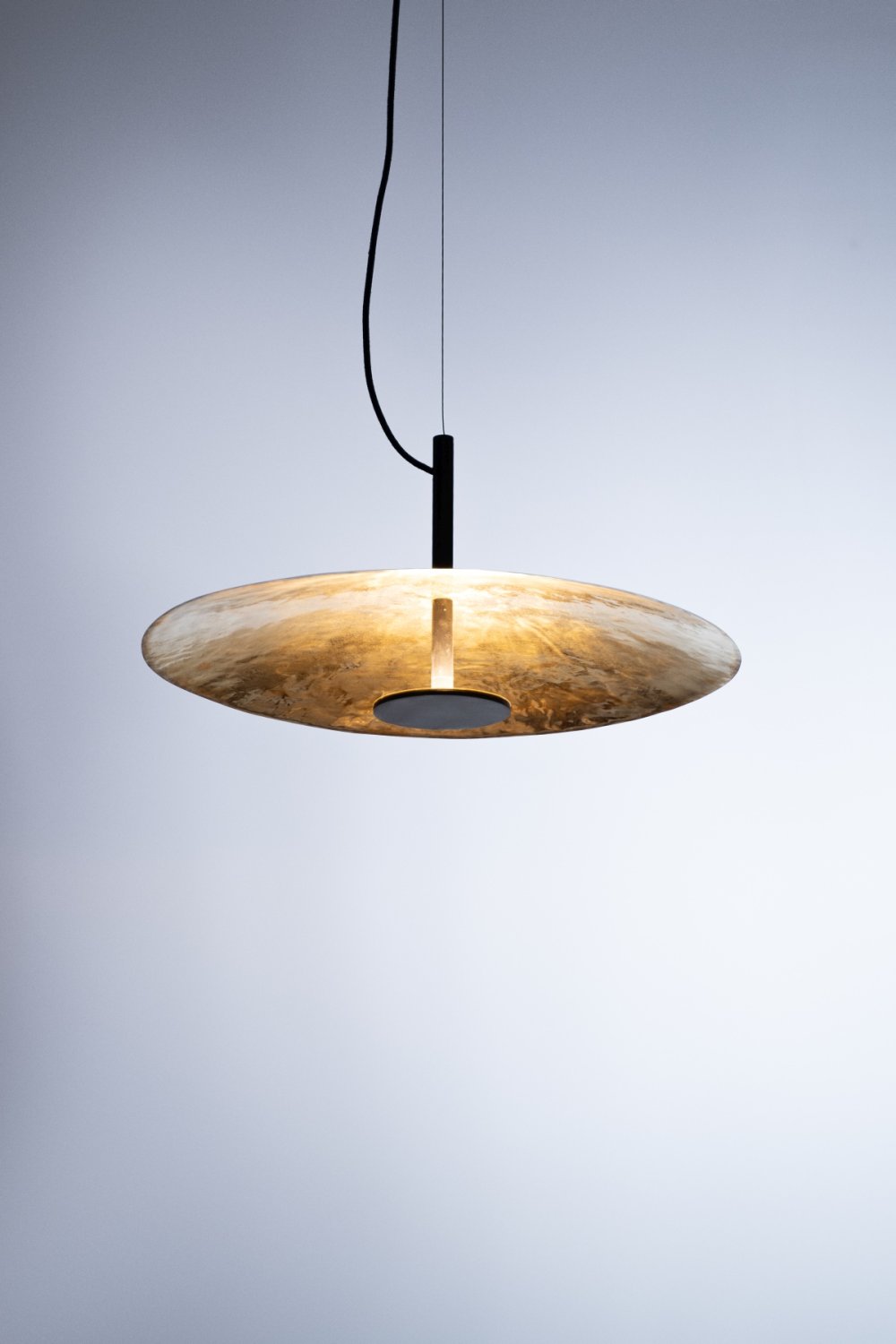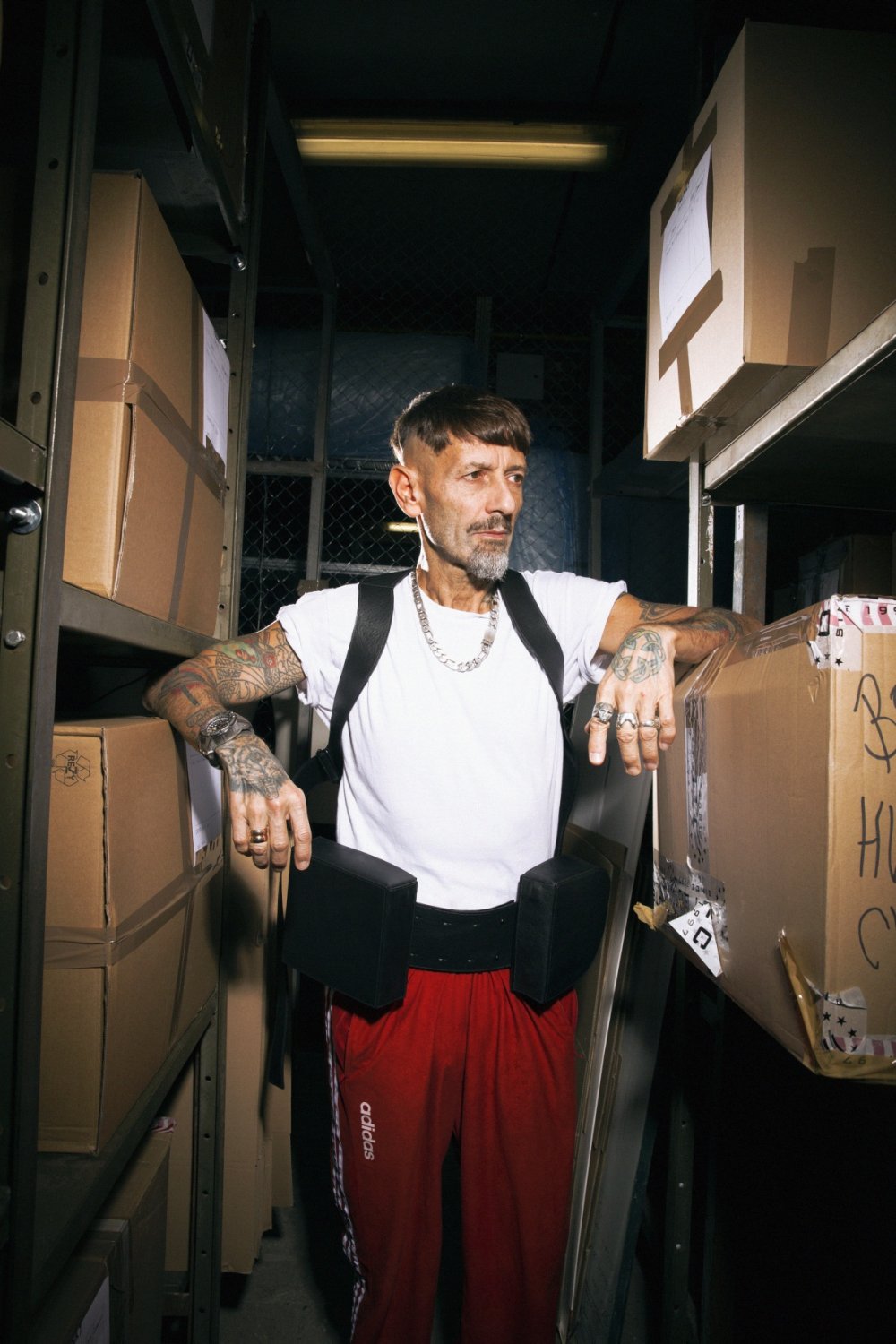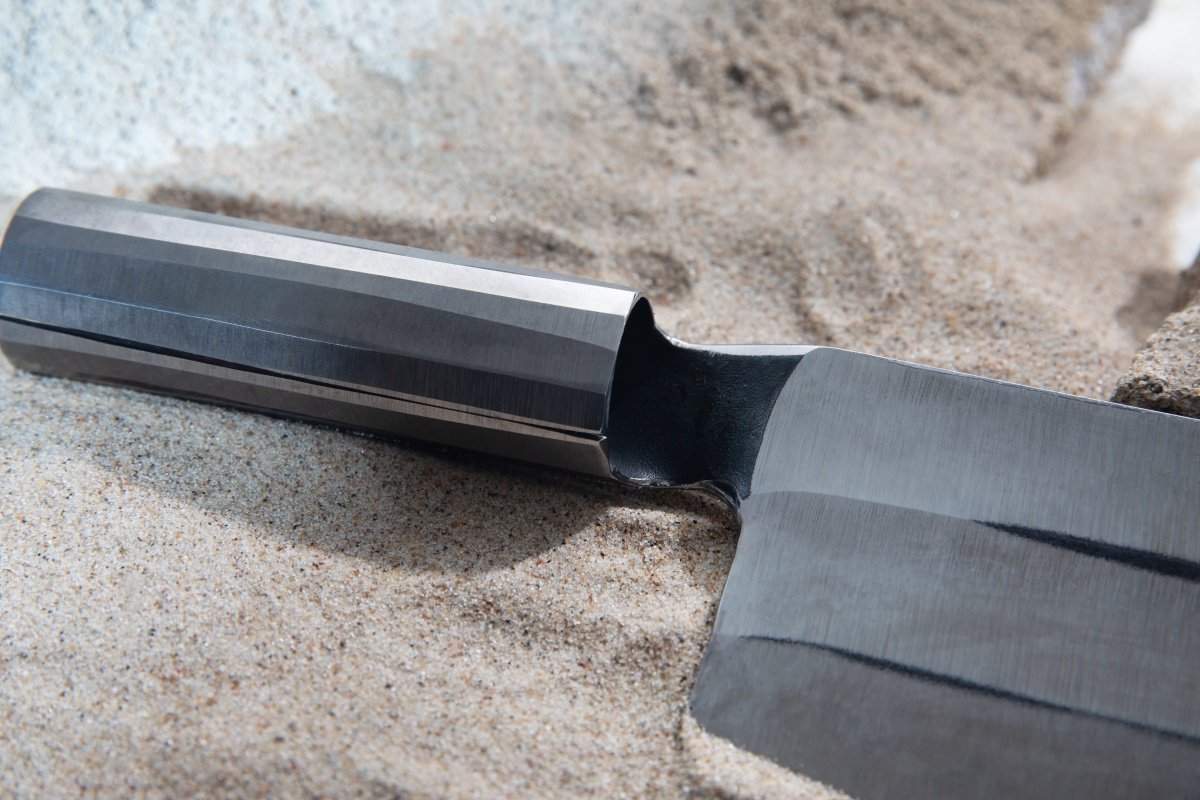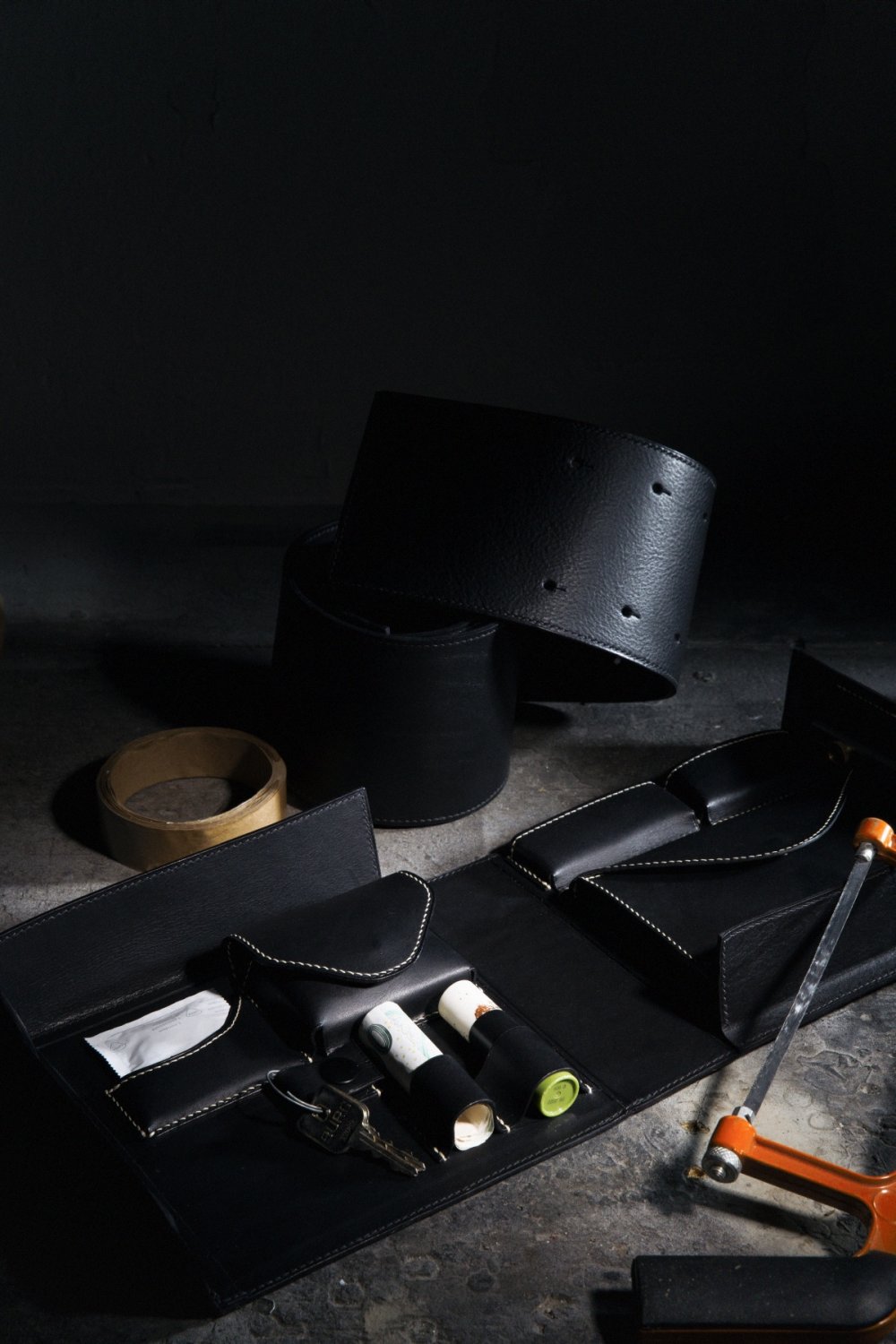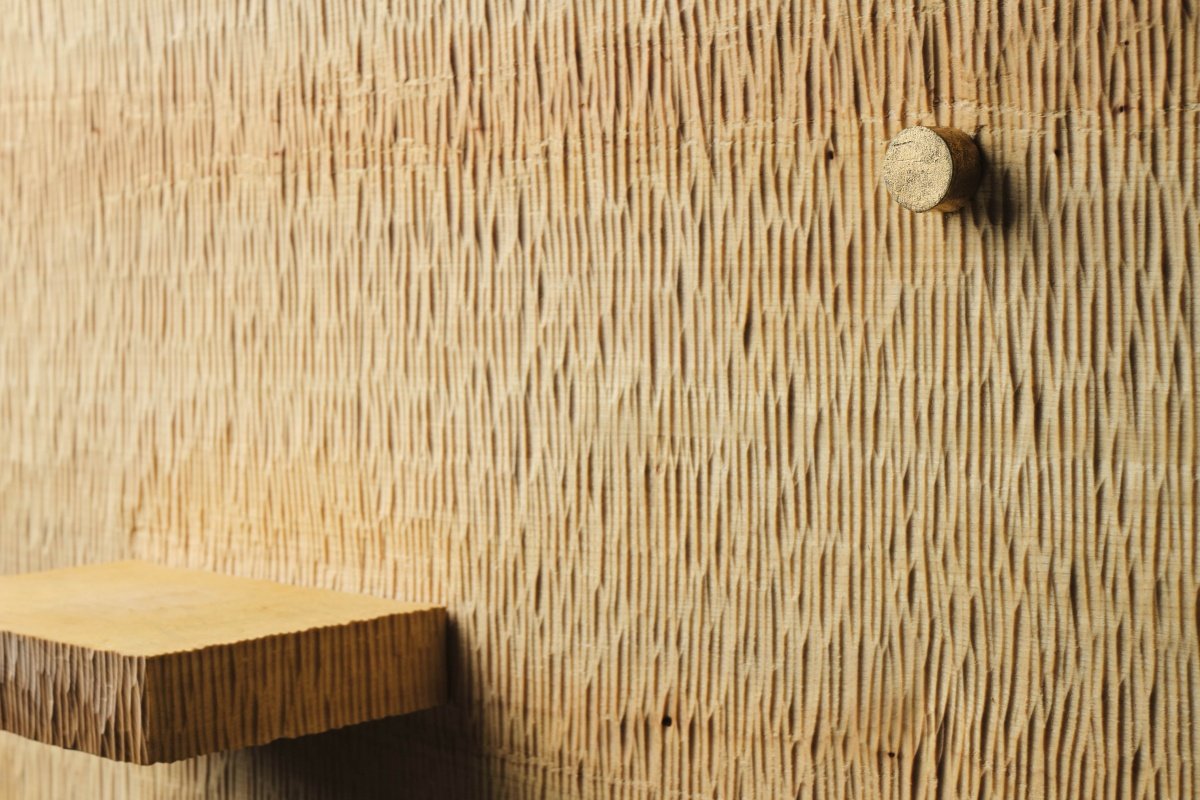UMPRUM Studio of Product Design in cooperation with the project Beautiful Work revives traditional crafts
12. 9.–30. 9. 2023
The Prague House in Brussels, Avenue Palmerston 16, Brussels, Belgium
Open: Monday—Friday 9 am — 5 pm / other times and weekends by appointment at praguehouse@praha.euor phone +32 2 230 94 91
The UMPRUM Studio of Product Design regularly presents itself at the prestigious Brussels Design September show. The latest exhibition Beautiful Work, which was created in collaboration with the project of the same name, will be the studio's tenth presentation at this event.
The Beautiful Work project is dedicated to folk crafts, their revival, and their involvement in people's contemporary lives. It builds on the tradition of Družstevní Práce (Cooperative Work) and the Krásná Jizba (Beautiful Room) organisation. Among other things, it cooperates with art schools. One of its active members is the Studio of Product Design at UMPRUM, led by Michal Froněk and Jan Němeček. Under their guidance, students created their own collections of products in which they recall, revive, and push forward traditional craft techniques.
A selection of nine diverse realisations will be on display at the exhibition at the Prague House in Brussels. The works could be imaginatively divided into three categories - fashion, food, and structure. Here, young designers apply old, often forgotten crafts and revive them in new, contemporary forms.
"Working on the project was a great challenge for us. It wasn't just about learning the craft processes, preparing the necessary raw materials, and mastering the technology. We were looking for new ways to apply traditional craftsmanship in the present day. We asked ourselves questions about its place in today's society. In some cases, we found that the chosen type of craft is commonly used in a different form in modernised production or traditional practices can be enriched with new technologies so that they have a chance to compete in today's market. At other times, it was enough to give it a more comprehensible form for today's society and thus support the narrative of the craft's usefulness in our times", explains Adam Kvaček, one of the authors and curator of the exhibition, about the process of creating and applying original crafts to the present.
Adam Kvaček focused his work on the processing of the cattail. The result of the cattail propaganda project is a bag and a series of photographs highlighting the craft's present-day competitiveness. Tereza Bláhová has taken a similar approach, modernising Horňák embroidery. She works not only with motifs and embroidery but also with costume patterns. Sofia Artemeva decorates clothes, and handbags with fish scales. She designed a collection of accessories, respecting the original purpose of the material, but at the same time, she experiments with its use at the level of jewellery. Ivo Jedlička responds to the growing popularity of baking homemade bread. He has therefore designed a collection of tools to facilitate its preparation. He combines here, for example, pottery or brushing. Karolína Vintrová, who focuses on food fermentation, works similarly. Other crafts include cutlery, shepherding, woodcarving, and leatherworking.
"In this project, it was essential for students to encounter the reality of disappearing crafts and search for their sustainability in the future. They succeeded in translating the techniques into the needs of the 21st century. This could never have been achieved without the opportunity to work with the masters of old technologies, learning about them and the craft. Thanks to this, they gained a new perspective and respect for the craft", says the head of the studio, designer Michal Froněk.
To highlight the very complex work and value of the crafts, a catalogue was published to accompany the exhibition. In addition to descriptions of individual works, it includes essays by young artists who share their experiences of working with masters in their field, their own creative journey, and plans for how to use traditional arts and practices in the future. The catalogue can also be seen as a guide to how traditional arts and practices can be preserved and developed in the future.
The exhibition Beautiful Work proves that even declining crafts can be modern and up-to-date, and will be on display at the Prague House in Brussels until the 30th of September.
Exhibitors: Sofia Artemeva, Tereza Bláhová, Miloslav Chytil, Ivo Jedlička, Sára Kučerová, Adam Kvaček, Jan Lechner, Mikuláš Procházka, and Karolína Vintrová.
Curator of the exhibition: Adam Kvaček
Pedagogical leadership: Michal Froněk and Jan Němeček (Heads of the studio), Michal Malášek (assistant professor)
Production, and installation design: Adam Kvaček, Ivo Jedlička, and Jan Lechner.
Graphic design: Oskar Koutný
Photography: Samuel Alexander Petráš, Adéla Zlámalová, Dominik Bek, Petr Jelen, Karolína Kadlčáková, Petr Žemla, Barbora Hostašová, Lenka Glisníková a Karolína Matušková, and Silvie Leitmenová.
The exhibited works were created in cooperation with the Cooperative Labour Foundation and its project Beautiful Work (www.krasnaprace.org, IG: krasnaprace)
The exhibition was created in cooperation with the Prague House in Brussels.
The exhibition was supported by the Ministry of Education, Youth and Sports of the Czech Republic.
